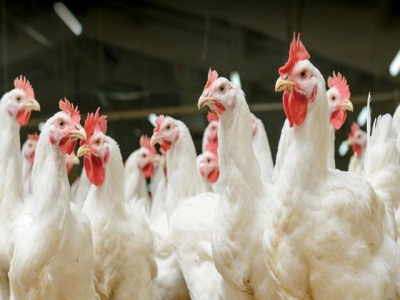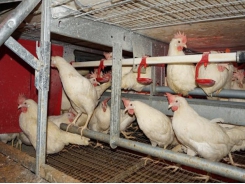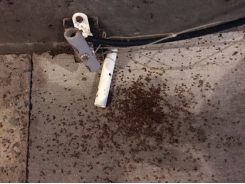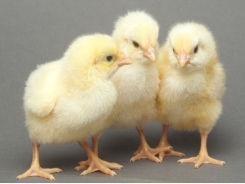Understanding threats to poultry performance

Understanding the threat of peptidoglycans on poultry performance and the importance of gastrointestinal functionality
The greatest threats to efficient and profitable poultry performance are the ones that go unnoticed. These hidden threats secretly chip away at normal bird digestive processes, diverting nutrients and energy away from growth and efficiency. Peptidoglycans fit this description and may be robbing poultry operations of profits right now.
Peptidoglycans (PGNs) naturally occur in the cell walls of bacteria and are essential for cell survival. PGNs represent as much as 90 percent of the cell wall in G+ bacteria, a bacterium populating 75 percent or so of the microbiome in the intestinal tract of poultry. Studies find that nearly 35 percent of fresh fecal bacteria are dead. These dead cells are an abundant source of cell wall fragments rich in PGNs in the intestinal lumen.
Understanding Dead Bacteria in the Gut
PGNs are the main components of bacterial cell debris, constantly being released into the gastrointestinal tract as bacterial cells divide and die. This debris is always present and occurs in all animals, regardless of their nutrition or life stage. PGNs are polymers in bacterial cell walls that offer rigidity and shape to cells, whether spherical, rods, spiral or filamentous, and are often called the exoskeleton of bacteria. The polymeric structure of PGNs is unique and exclusive to bacterial cells; it is absent in all other organisms.
Dead bacterial biomass in the gut is largely overlooked in research, which focuses heavily on the living segment of the microbiome. It is likely that both live and dead bacterial fractions impact gastrointestinal functionality.

Unlocking the Potential
Traditional enzyme use for poultry has always targeted feeds. A new, pioneering enzyme – literally, the first of its kind – takes a different approach. Geared toward bird performance, Balancius™ utilizes substrates already present in the bird’s intestinal tract, the PGNs in cell walls of dead bacteria. An innovation in broilers nutrition, Balancius is the first and only product that works in the intestine to improve feed efficiency and increase sustainable product yield. Its unique mode of action breaks-down PGNs, thus unlocking the hidden potential in gastrointestinal functionality. Scientific data demonstrate the addition of Balancius to the diet of broiler chickens consistently improves feed conversion ratio by 4–6 points (3 percent), signifying a significant improvement in digestibility and feed efficiency.
Có thể bạn quan tâm
Phần mềm

Phối trộn thức ăn chăn nuôi

Pha dung dịch thủy canh

Định mức cho tôm ăn

Phối trộn phân bón NPK

Xác định tỷ lệ tôm sống

Chuyển đổi đơn vị phân bón

Xác định công suất sục khí

Chuyển đổi đơn vị tôm

Tính diện tích nhà kính

Tính thể tích ao hồ




 Tools for litter management in cage-free layer houses
Tools for litter management in cage-free layer houses  Countering early losses in chick condition
Countering early losses in chick condition